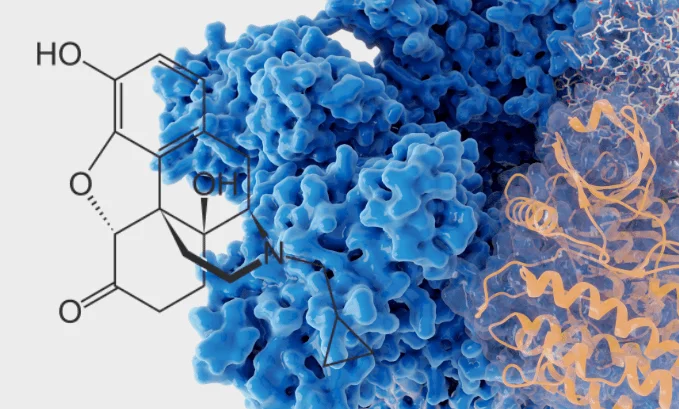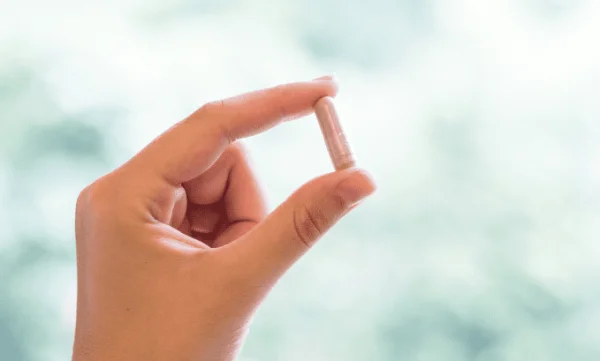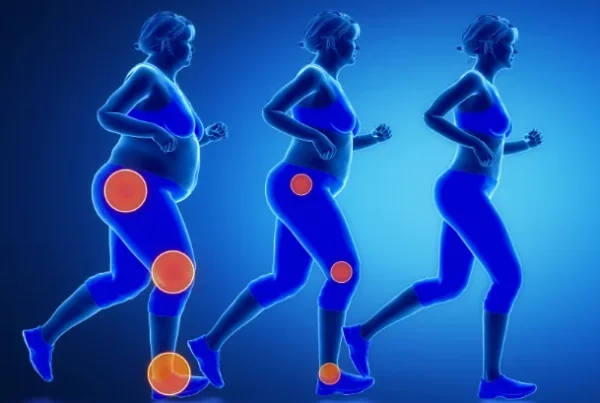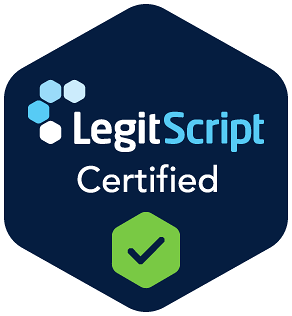
If you’re like most people, you probably haven’t heard of Low Dose Naltrexone (LDN). Naltrexone is an opioid-blocking drug that has been used to treat various disorders since FDA approval in 1984. More recently naltrexone has been used in low doses, off-label, as a homeostatic medication for the treatment of various conditions including cancer, chronic pain, mental/cognitive disorders, and autoimmune diseases.
There has been a lot of buzz around Low Dose Naltrexone (LDN) due to the high success rate of treatment and excellent safety profile of this homeostatic medication. In this blog post, we will discuss the benefits of Low Dose Naltrexone (LDN) and who can benefit from treatment.
Naltrexone: What is it?
The medication, naltrexone, was developed to treat substance abuse and addictive disorders. The mechanism of action of naltrexone is through the blockade of the opioid receptors, which reduces cravings and prevents the reinforcing, rewarding effects of addictive substances and behaviors.
When used to treat substance abuse and addictive disorders a typical dose is 50-100 mg of naltrexone prescribed to be taken daily. High doses of naltrexone very strongly block opioid receptors, providing 24/7 effects for patients, helping to relieve cravings, and giving them more control over impulses.
More recently naltrexone has been prescribed in low doses to provoke an adaptive, homeostatic response from the body that has been proven to have a host of benefits, helping to heal patients suffering from autoimmune, mental health, and inflammatory disorders.
Naltrexone: How is Low Dose Different?
Low Dose Naltrexone (LDN) treatment works by using doses of 0.65 – 5.2 mg, which is 10-100x lower doses than those used when treating addiction. Much of the difference between standard dosing and a low dose of naltrexone stems from the short duration of action of Low Dose Naltrexone (LDN) since at lower doses it is metabolized and cleared from the body much more quickly.
The average duration of naltrexone action at a low dose is 6 hours, and when taken at night, there is no impact of the drug on cognition or perception. The true benefit of Low Dose Naltrexone (LDN) is from stimulating a natural, homeostatic response from the body that acts as a reset for immune and inflammatory responses.
These beneficial homeostatic effects are long-lasting and become more stable over time with treatment. The homeostatic adaptation is in response to a Low Dose of Naltrexone (LDN) briefly blocking opioid and TLR-4 receptors, which produces effects in neurons, microglia, and white blood cells.
These cell types play an important role in cognition, perception, inflammation, and immunity, and naltrexone creates a signal that there is not enough endorphin present. The body responds adaptively to this short-term blockade by producing long-lasting anti-inflammatory, immunomodulatory, cognitive boosting, and pain reduction effects.
Who should use Low Dose of Naltrexone?
The fact that Low Dose Naltrexone (LDN) treats conditions by stimulating the body to heal itself has made this treatment option surge in popularity. Some features that should be highlighted are that this treatment is safe, effective, and very well-tolerated by most clients. Side effects, which are rare in occurrence, include a mild headache or nausea.
Low Dose Naltrexone (LDN) can be an effective treatment for anyone suffering from autoimmune or chronic inflammatory disorders, cancer, obesity, insomnia, chronic fatigue, and multiple sclerosis.
Consult Valhalla Vitality for a personalized diagnosis and treatment.
Please call us to learn more about our services or schedule an appointment today.
Phone: +1 516 266 6186
Works Cited
1. Younger J, Parkitny L, McLain D. The use of low-dose naltrexone (LDN) as a novel anti-inflammatory treatment for chronic pain. Clin Rheumatol. 2014 Apr;33(4):451-9. doi: 10.1007/s10067-014-2517-2. Epub 2014 Feb 15. PMID: 24526250; PMCID: PMC3962576.
2. Toljan K, Vrooman B. Low-Dose Naltrexone (LDN)—Review of Therapeutic Utilization. Medical Sciences. 2018; 6(4):82. https://doi.org/10.3390/medsci6040082
3. Norman Brown, Jaak Panksepp, Low-dose naltrexone for disease prevention and quality of life, Medical Hypotheses, Volume 72, Issue 3, 2009, Pages 333-337, ISSN 0306-9877, https://doi.org/10.1016/j.mehy.2008.06.048. (https://www.sciencedirect.com/science/article/pii/S0306987708005070)
4. Kim, P.S., Fishman, M.A. Low-Dose Naltrexone for Chronic Pain: Update and Systemic Review. Curr Pain Headache Rep 24, 64 (2020). https://doi.org/10.1007/s11916-020-00898-0
5. Kim, P.S., Fishman, M.A. Low-Dose Naltrexone for Chronic Pain: Update and Systemic Review. Curr Pain Headache Rep 24, 64 (2020). https://doi.org/10.1007/s11916-020-00898-0
6. Smith, Jill P. M.D.1; Stock, Heather M.D.1; Bingaman, Sandra R.N.1; Mauger, David Ph.D.2; Rogosnitzky, Moshe3; Zagon, Ian S. Ph.D.4. Low-Dose Naltrexone Therapy Improves Active Crohn’s Disease. American Journal of Gastroenterology: April 2007 – Volume 102 – Issue 4 – p 820-828
7. Chopra, P., Cooper, M.S. Treatment of Complex Regional Pain Syndrome (CRPS) Using Low Dose Naltrexone (LDN). J Neuroimmune Pharmacol 8, 470–476 (2013). https://doi.org/10.1007/s11481-013-9451-y
8. Cree, B.A.C., Kornyeyeva, E. and Goodin, D.S. (2010), Pilot trial of low-dose naltrexone and quality of life in multiple sclerosis. Ann Neurol., 68: 145-150. https://doi.org/10.1002/ana.22006
9. Younger, J., Noor, N., McCue, R. and Mackey, S. (2013), Low-dose naltrexone for the treatment of fibromyalgia: Findings of a small, randomized, double-blind, placebo-controlled, counterbalanced, crossover trial assessing daily pain levels. Arthritis & Rheumatism, 65: 529-538. https://doi.org/10.1002/art.37734
10. Albers LN, Arbiser JL, Feldman RJ. Treatment of Hailey-Hailey Disease With Low-Dose Naltrexone. JAMA Dermatol. 2017;153(10):1018–1020. doi:10.1001/jamadermatol.2017.2446
11. Bolton MJ, Chapman BP, Van Marwijk H., Low-dose naltrexone as a treatment for chronic fatigue syndrome, BMJ Case Reports CP 2020;13:e232502.
12. Benjamin A. Toll, Marney White, Ran Wu, Boris Meandzija, Peter Jatlow, Robert Makuch, Stephanie S. O’Malley, Low-dose naltrexone augmentation of nicotine replacement for smoking cessation with reduced weight gain: A randomized trial, Drug and Alcohol Dependence, Volume 111, Issue 3, 2010, Pages 200-206, ISSN 0376-8716, https://doi.org/10.1016/j.drugalcdep.2010.04.015. (https://www.sciencedirect.com/science/article/pii/S0376871610001705)








